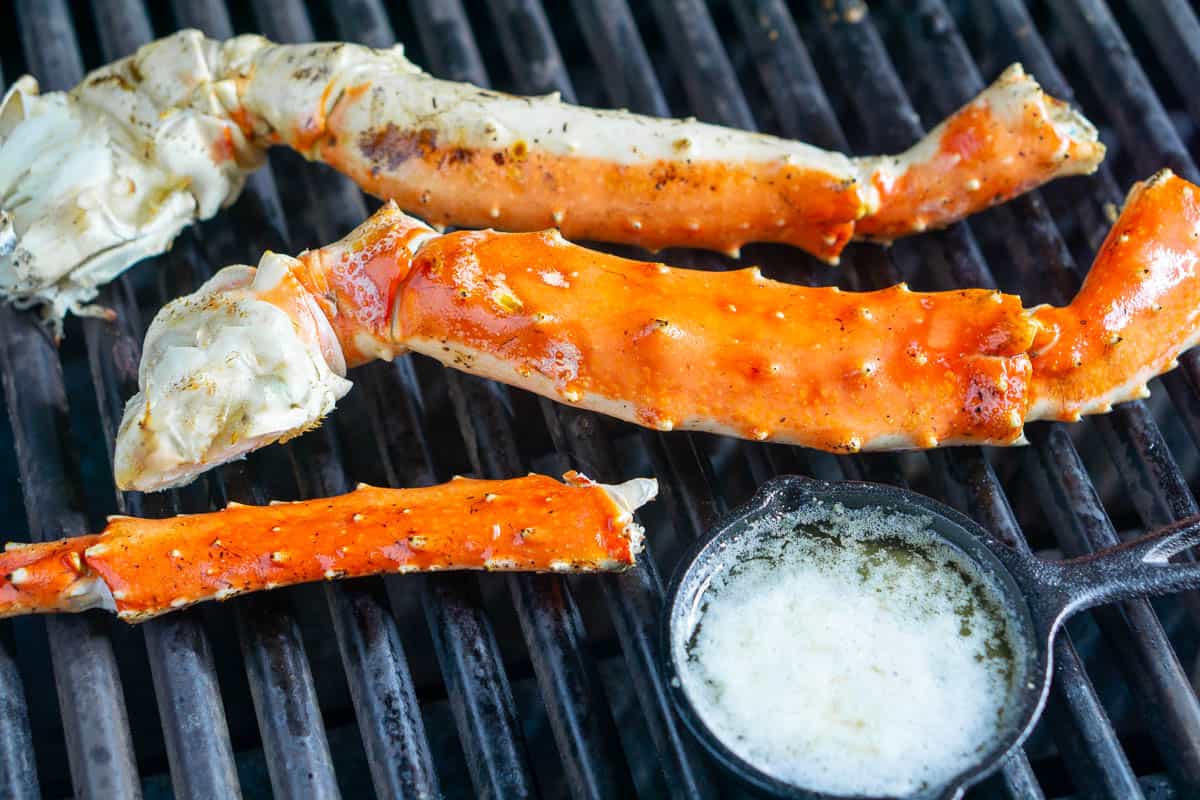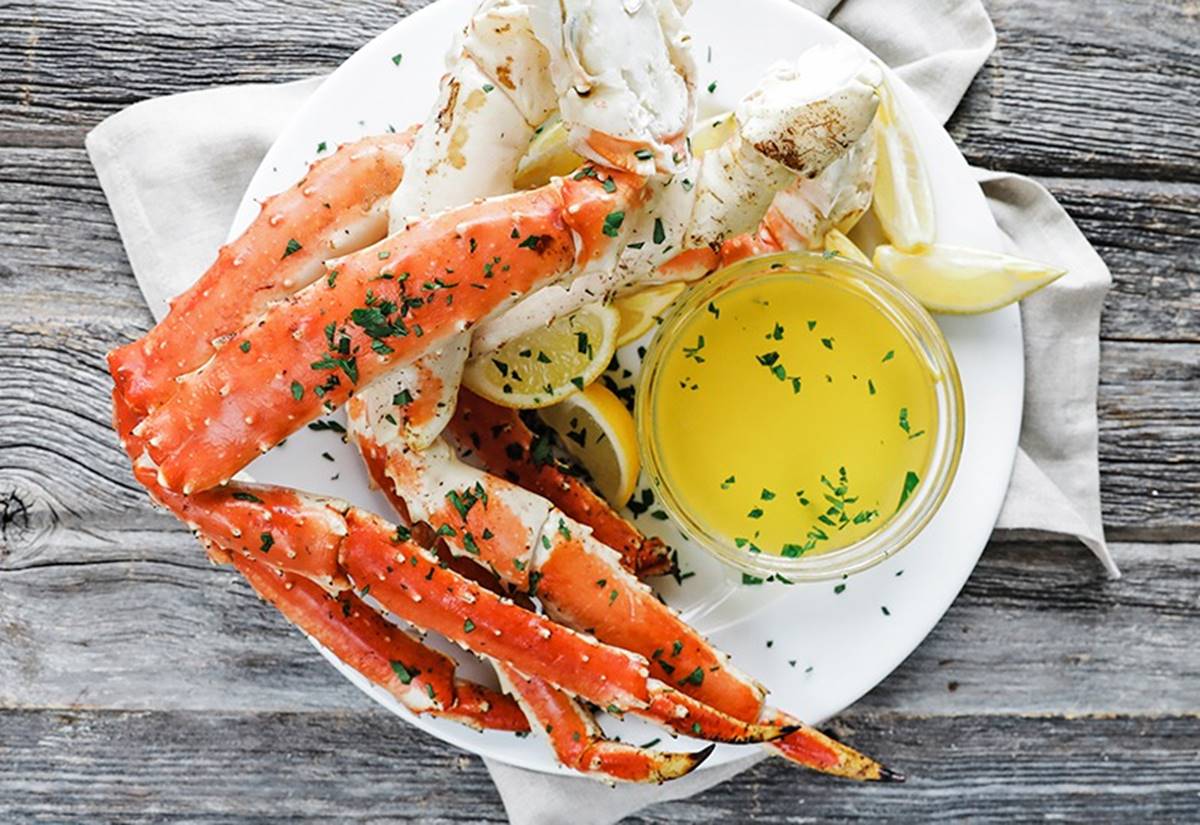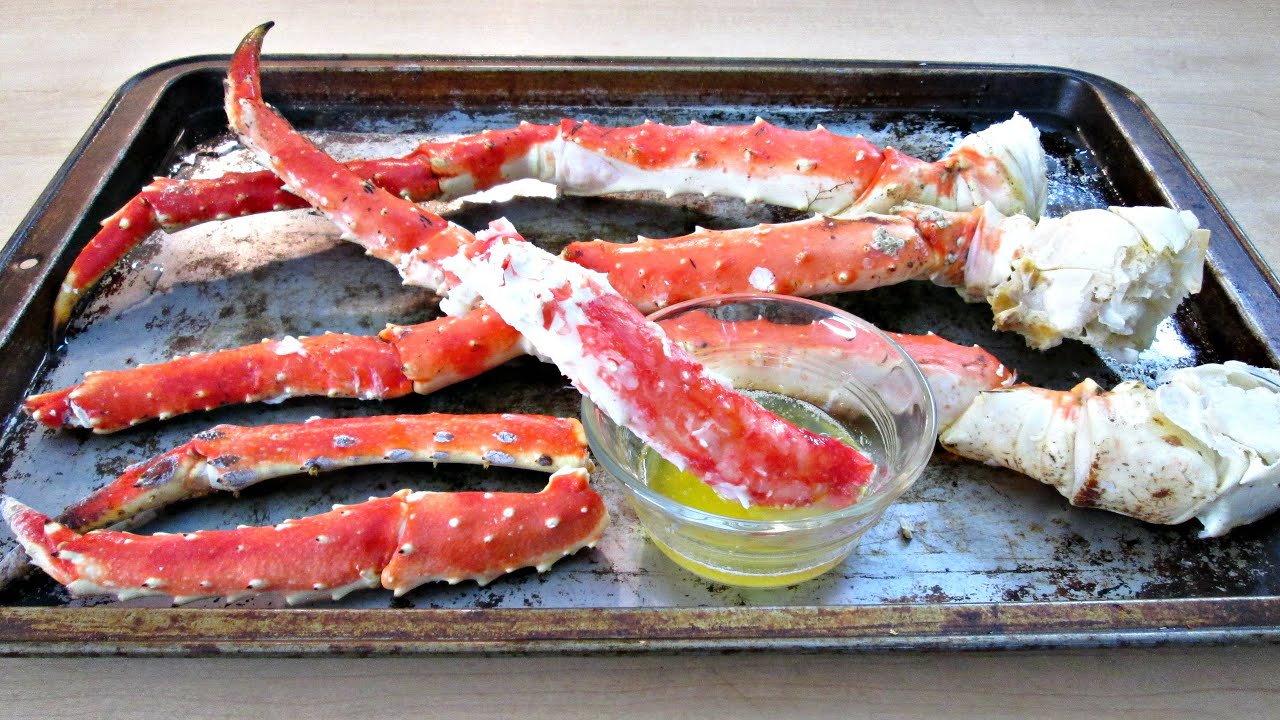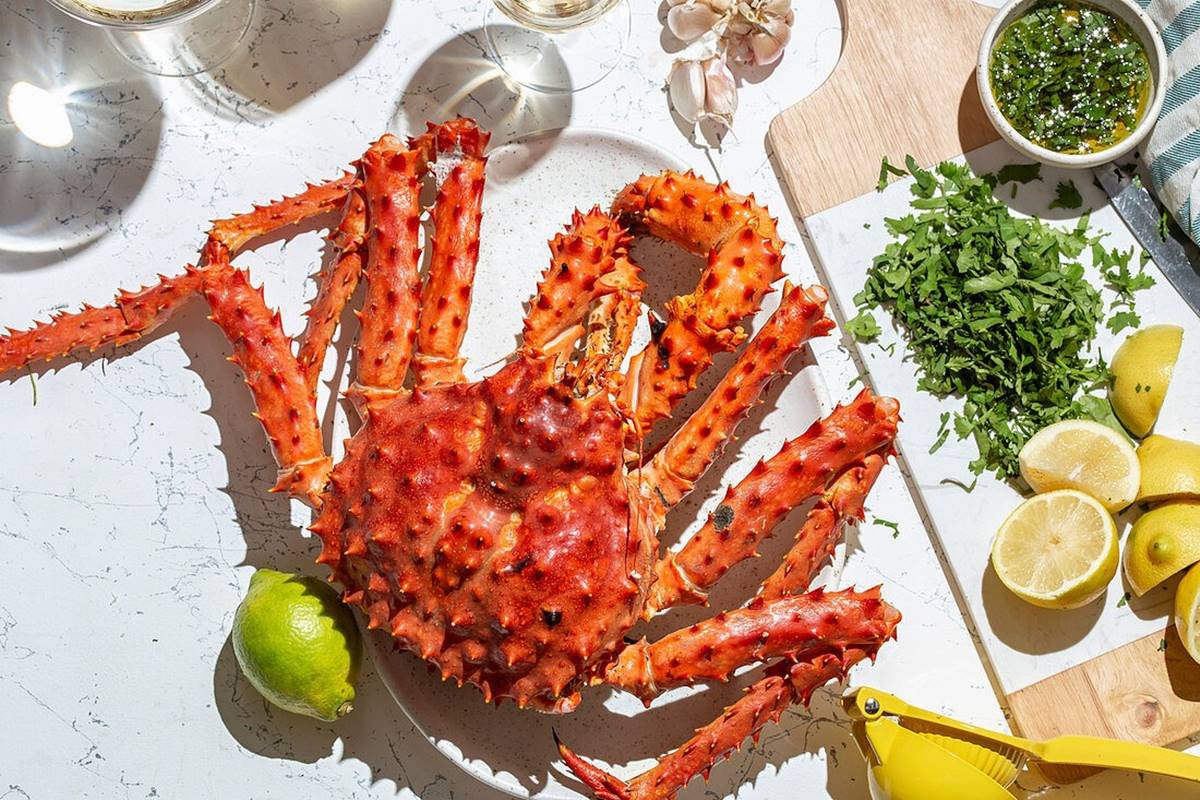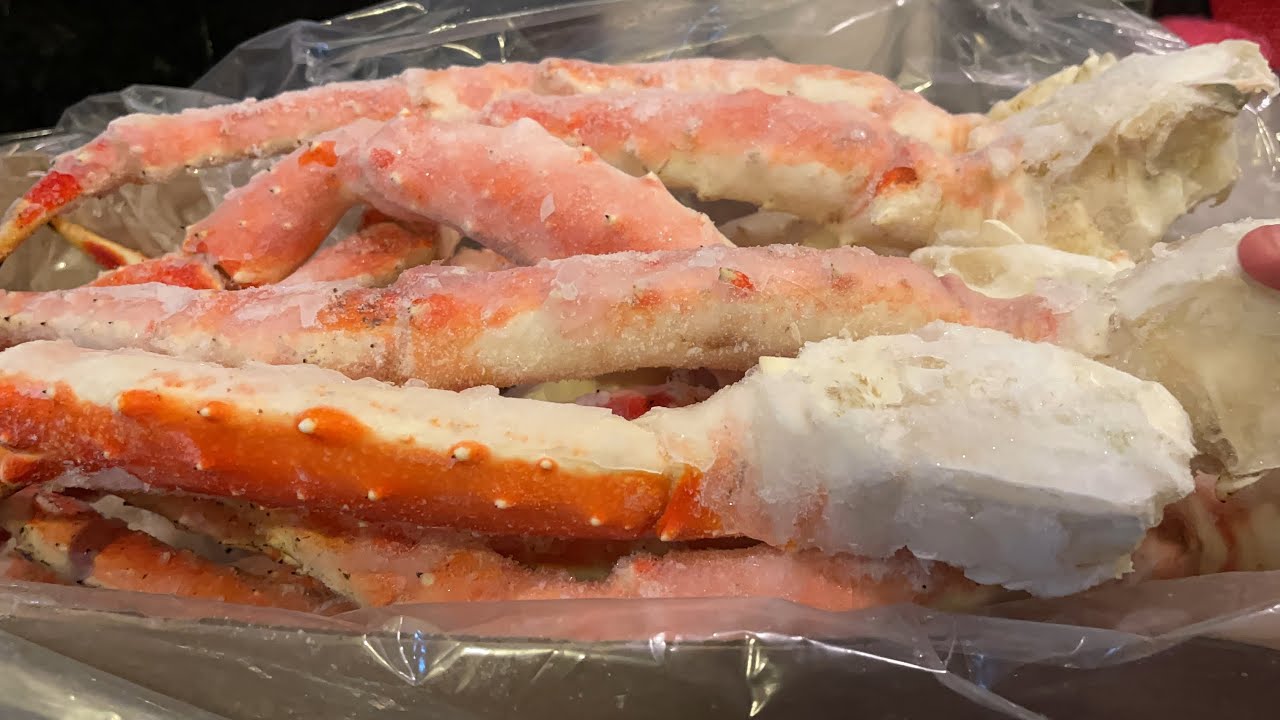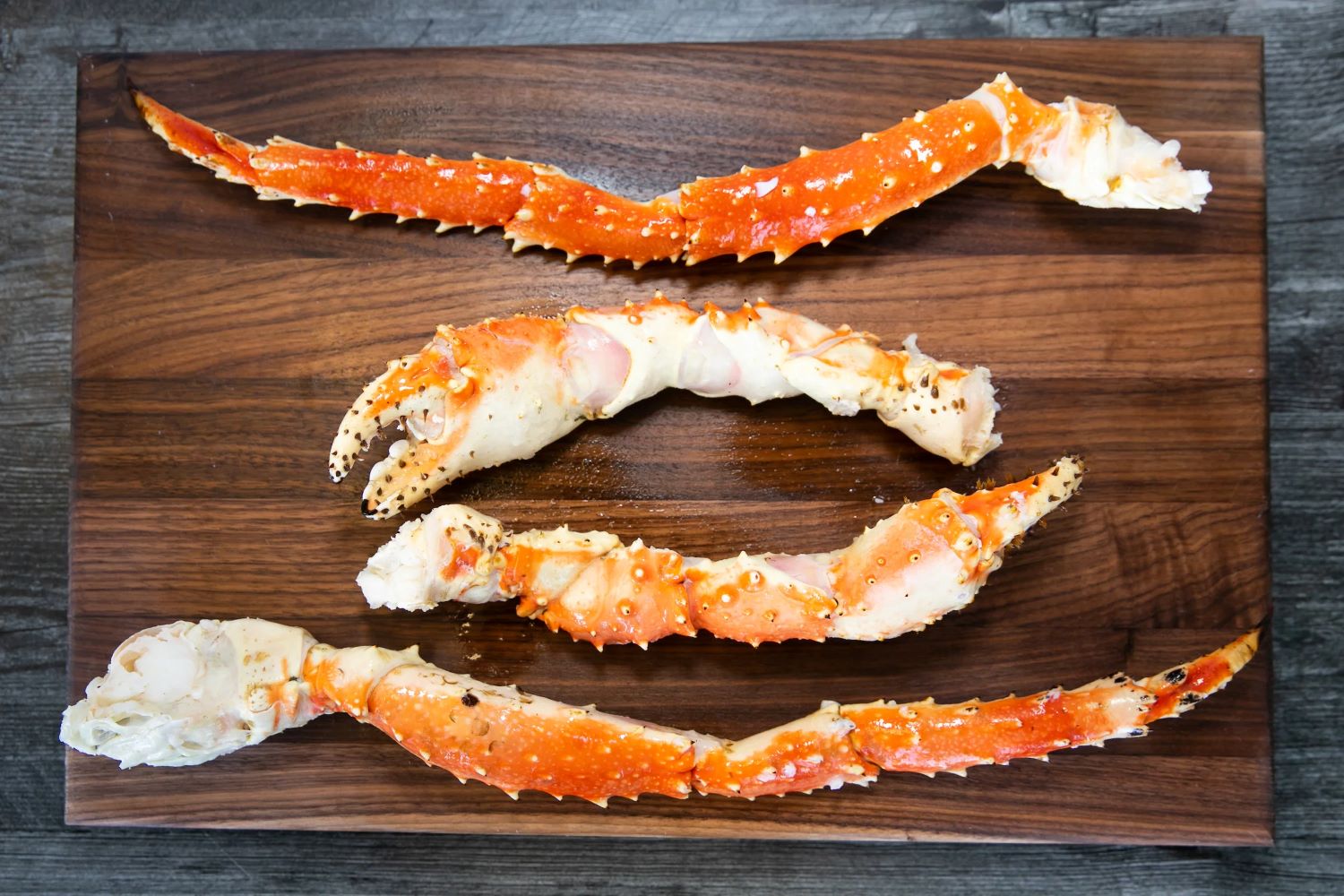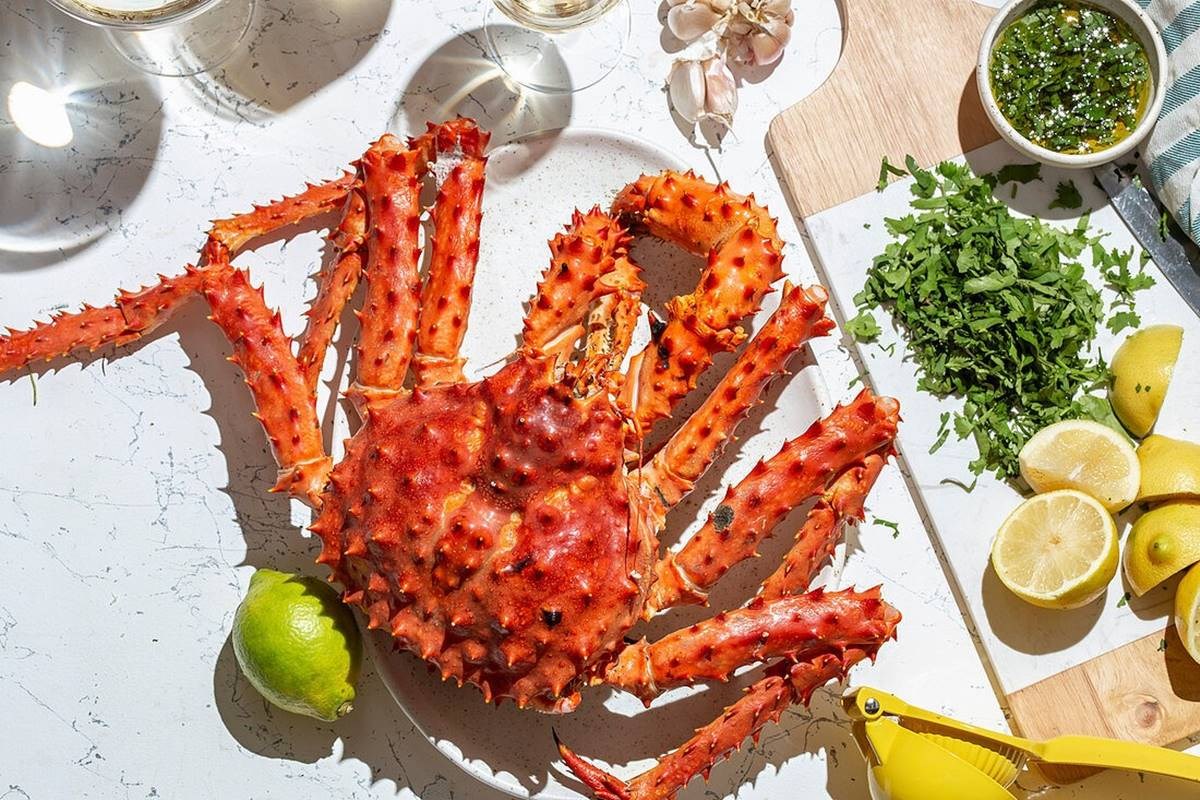Preserving the Delicacy: Glazing King Crab Legs
King crab legs are a delicacy that many seafood enthusiasts enjoy. However, preserving their freshness can be a challenge, especially if you have a large quantity on hand. One effective method of preserving king crab legs is by glazing them. Glazing not only helps to seal in the freshness and flavor of the crab legs but also extends their shelf life.
Why Glaze King Crab Legs?
Glazing king crab legs serves as a protective barrier against air and moisture, which are the main culprits in causing food spoilage. The glaze acts as a sealant, preventing the crab legs from drying out and becoming susceptible to freezer burn. Additionally, the glaze helps to maintain the natural texture and flavor of the crab legs, ensuring that they taste just as delicious when they are eventually consumed.
Steps to Glaze King Crab Legs for Preservation
Preserving king crab legs through glazing is a relatively simple process that can be done in a few easy steps. Here’s how to do it:
- Cook the crab legs: Before glazing, it’s important to cook the crab legs first. This can be done by steaming, boiling, or grilling them until they are fully cooked. Once cooked, allow the crab legs to cool to room temperature.
- Prepare the glaze: Create a glaze mixture using ingredients such as butter, garlic, lemon juice, and your choice of herbs and spices. Melt the butter in a saucepan and add the garlic, lemon juice, and seasonings. Allow the mixture to simmer for a few minutes until the flavors are well combined.
- Apply the glaze: Once the glaze is ready, brush it generously onto the cooled crab legs, ensuring that they are fully coated. The glaze should form a protective layer over the crab legs, sealing in their moisture and flavor.
- Flash freeze: Place the glazed crab legs on a baking sheet and transfer them to the freezer. Allow them to flash freeze for a few hours until the glaze hardens and forms a protective coating around the crab legs.
- Store the crab legs: Once the glaze is fully hardened, transfer the crab legs to airtight containers or resealable freezer bags. Label the containers with the date of glazing and store them in the freezer for future use.
Tips for Glazing King Crab Legs
When glazing king crab legs for preservation, consider the following tips to ensure optimal results:
- Use high-quality ingredients: Opt for fresh, high-quality crab legs and premium ingredients for the glaze to enhance the overall flavor and quality of the preserved crab legs.
- Allow the crab legs to cool: It’s important to allow the cooked crab legs to cool before applying the glaze. This helps to prevent the glaze from melting and ensures that it adheres well to the crab legs.
- Label and date the containers: Properly labeling and dating the containers of glazed crab legs can help you keep track of their freshness and consumption timeline, allowing you to use the oldest ones first.
- Thaw before cooking: When you’re ready to enjoy the preserved crab legs, remember to thaw them in the refrigerator before cooking or reheating them. This helps to retain their texture and flavor.
Enjoying Glazed King Crab Legs
Once you’ve successfully glazed and preserved your king crab legs, you can enjoy them in a variety of delicious dishes. Whether you prefer to steam, grill, or bake the crab legs, the glaze will help to lock in their natural sweetness and succulence, providing a delightful dining experience every time.
Glazing king crab legs for preservation is a practical way to extend their shelf life while maintaining their exceptional taste and quality. With the right technique and proper storage, you can savor the delectable flavor of king crab legs whenever the craving strikes.




